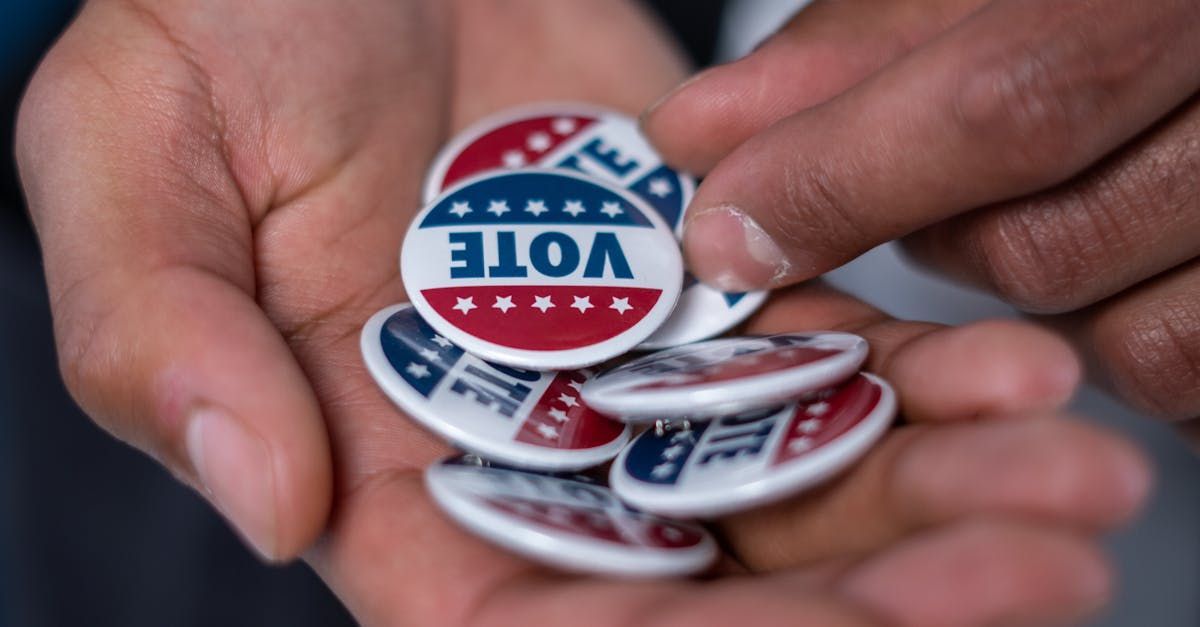Running Better Political Advertising Campaigns with OOH Ads

Political advertising campaigns must stand out and engage voters effectively in an election year. One of the most powerful yet often underutilized mediums for achieving this is Out-of-Home (OOH) advertising. Leveraging OOH advertising can significantly enhance the visibility and impact of political campaigns. Here’s how to run better political advertising campaigns using OOH ads, integrating semantically related concepts such as digital out-of-home, augmented reality, and 3D billboards.
Understanding OOH Advertising
OOH advertising encompasses any advertisement that reaches consumers while they are outside their homes. This includes billboards, transit ads, posters, and digital displays in high-traffic areas. Unlike traditional media, OOH ads offer a tangible and unavoidable presence, capturing attention in real-time as people go about their daily routines.
Why OOH Advertising for Political Campaigns?
- Broad Reach and Visibility
- Home media consumption varies, but people consistently spend time outside their homes. OOH ads ensure constant visibility, regardless of the target audience's media habits.
- During an election year, high-traffic locations such as highways, public transport hubs, and urban centers become prime spots for political messaging.
- High Impact and Recall
- Studies show that OOH advertising has a high recall rate. In the cluttered media environment of an election cycle, OOH ads cut through the noise, ensuring that political messages are remembered.
- Targeted Local Messaging
- OOH allows for precise geographical targeting. Campaigns can tailor messages to specific regions, addressing local issues and resonating with voters in different areas.
- Integration with Digital Campaigns
- Modern OOH advertising integrates seamlessly with digital campaigns. QR codes, NFC technology, and augmented reality (AR) billboard features can drive online engagement, creating a multi-channel experience for voters.
Strategies for Effective Political OOH Campaigns
- Leverage Digital Out of Home (DOOH)
- DOOH uses digital screens for dynamic advertising. Campaigns can display real-time updates, countdowns to election day, and live social media feeds.
- Interactive elements like touchscreens can engage the public, allowing them to find polling locations or register to vote directly from the ad.
- Incorporate Augmented Reality
- Augmented Reality (AR) transforms traditional billboards into interactive experiences. Voters can use their smartphones to view AR content, such as 3D representations of candidates or policy explanations.
- AR can create unforgettable brand experiences, engaging and educating voters in an immersive way.
- Utilize 3D Billboards
- 3D billboards add a layer of depth and intrigue. These visually striking ads can capture attention more effectively than flat images, making political messaging more memorable.
- Strategic Placement
- Analyze voter demographics and place OOH ads in locations with high footfall from key voter groups—for instance, urban centers for younger voters and suburban areas for families.
- Consider transit advertising to target commuters, a captive audience who will see the ad multiple times during their daily journeys.
- Consistency Across Channels
- Ensure that the visual and verbal messaging in OOH ads is consistent with other campaign materials, including TV, radio, and social media.
- Consistent branding reinforces the candidate's message and aids in building recognition and trust among voters.
- Data-Driven Campaigns
- Use data analytics to measure the effectiveness of OOH campaigns. Track metrics like engagement rates, demographic reach, and conversion rates (e.g., visits to campaign websites or social media interactions).
- Adjust strategies based on data insights to optimize campaign performance throughout the election cycle.

Case Studies and Examples
- Presidential Election Campaigns
- In the 2020 US Presidential Election, candidates extensively utilized DOOH. Digital billboards in swing states displayed real-time polling data and voting reminders, targeting voters where they were most likely to see them.
- Local Elections
- In local elections, OOH advertising has addressed specific community issues. For instance, candidates running for city council positions have used transit ads to highlight their commitment to improving public transportation.
- Issue-Based Campaigns
- Advocacy groups use OOH ads to raise awareness about specific issues. During election cycles, these groups often align with political candidates who support their causes, leveraging billboards and posters to rally voter support.
Future Trends in Political OOH Advertising
- Integration with Social Media
- OOH ads featuring hashtags and social media handles encourage voters to engage online, bridging offline and online campaign efforts.
- Increased Use of AR and 3D Technology
- As AR and 3D technologies become more accessible, their use in OOH advertising will likely increase. These technologies offer innovative ways to convey complex political messages engagingly.
- Eco-Friendly Advertising
- With growing environmental concerns, a trend towards more sustainable advertising practices exists. Digital billboards are energy-efficient, and campaigns can also consider using recyclable materials for posters and banners.
- Personalized Messaging
- Advances in data analytics allow for more personalized OOH advertising. Campaigns can tailor messages based on the demographics and interests of people in specific locations, making the ads more relevant and persuasive.
Conclusion
Running better political advertising campaigns with OOH ads requires a strategic approach that leverages the unique strengths of this medium. By incorporating digital elements, AR, and 3D technologies, campaigns can create memorable and engaging experiences for voters. Strategic placement and data-driven insights further enhance the effectiveness of OOH advertising, ensuring that political messages reach the right audience at the right time. As the political landscape evolves, so too will the methods for engaging voters, with OOH advertising playing a crucial role in shaping the future of political campaigns.
Key Takeaways:
- OOH advertising offers unmatched visibility and recall in political campaigns.
- Digital, AR, and 3D technologies enhance engagement and interactivity.
- Strategic placement and data analytics drive campaign effectiveness.
- Future trends include integration with social media, eco-friendly practices, and personalized messaging.
By harnessing the power of OOH advertising, political campaigns can cut through the noise, effectively engage voters, and ultimately influence election outcomes.
TALK TO A PRO
We're here to bring your brand to life!
Stay Connected with BrandXR
Create Augmented Reality for Free!
Create, Publish, and Measure 3D Augmented Reality Experiences Without Having to Code.














